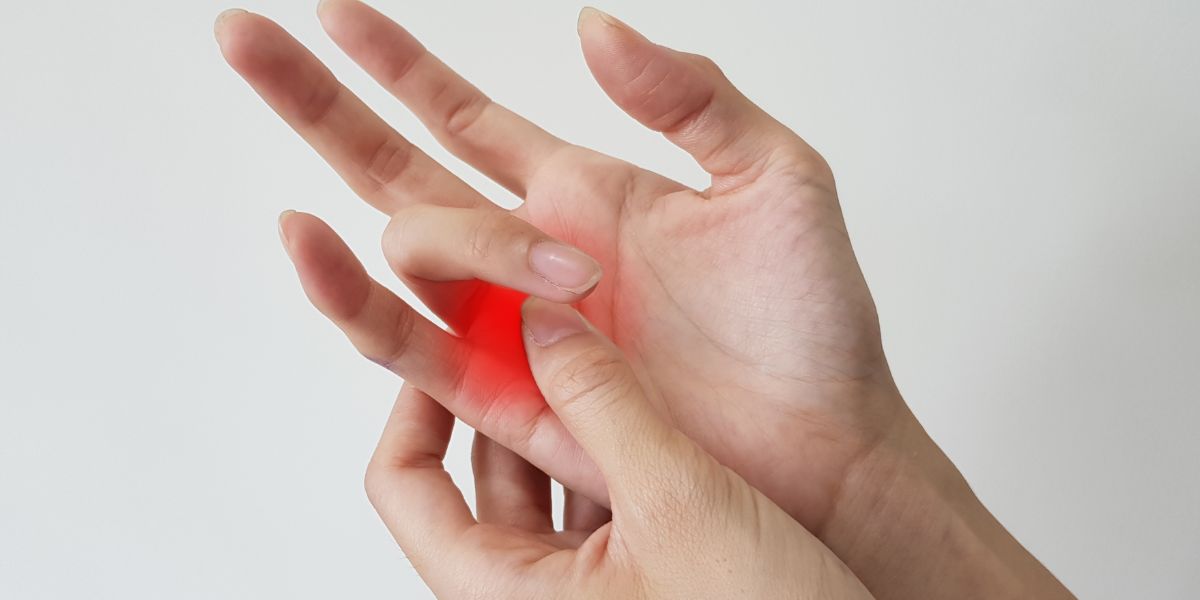Flexor tenosynovitis, also known as trigger finger, is caused when inflammation occurs around the tendons of the finger.
When the sheath that surrounds the flexor tendons, which begin in the forearm – becomes irritated, the flexor tendon catches and cannot flex smoothly or extend the finger.
This action can be seen as the finger releasing like a trigger.
While the cause of flexor tenosynovitis is unclear, there is an increased incidence among people with diabetes
Relationship with diabetes
L L Smith et al report that the prevalence of flexor tenosynovitis is estimated at 11% in patients with diabetes, compared to below 1% in non-diabetics.
They also observed that prolonged high glucose levels lead to an increased likelihood of flexor tenosynovitis.
Duration of diabetes is also believed to be a factor, with this association due to how long a patient has had diabetes, rather than how old a person is.
Symptoms of flexor tenosynovitis
Early stiffness or clicking when you move the finger could lead to increasing pain – usually in a single finger or the thumb.
Swelling and redness of the whole finger can develop, with a bump or tenderness located where the tendon is catching and the base of the affected finger.
Eventually, the finger may not be able to straighten fully and become locked, in which case manipulation of the finger into extension may be necessary.
Causes of flexor tenosynovitis
The cause of flexor tenosynovitis is fibrous tissue proliferation in the tendon sheath, but why this happens is generally unclear.
There are, however, a number of theories considered as reasons for flexor tenosynovitis developing, including:
- Certain systemic disorders – such as diabetes, arthritis, gout or systemic sclerosis
- Overuse or repetitive movements
- Infection
- Older age – when the vascularity of tendons decreases
How is flexor tenosynovitis diagnosed?
A physical examination is typically conducted, which includes tendon-specific manoeuvres such as stretching the tendon to see if you experience pain.
An MRI (magnetic resonance imaging) or ultrasonography may be conducted to confirm diagnosis of flexor tenosynovitis and rule out other disorders such as rotator cuff tendonitis.
Treatment of flexor tenosynovitis
Treatment is designed to relieve pain and inflammation, which is why resting the affected tendons is necessary for recovery. The application of heat or cold to the affected area can also be done to ease symptoms.
Corticosteroid injections are sometimes administered, while on rare occasions, surgery may be recommended to remove the inflammation surrounding the tendon.
Certain strengthening exercises using the muscles around the flexor tendon can prevent symptoms and the injury from returning.







